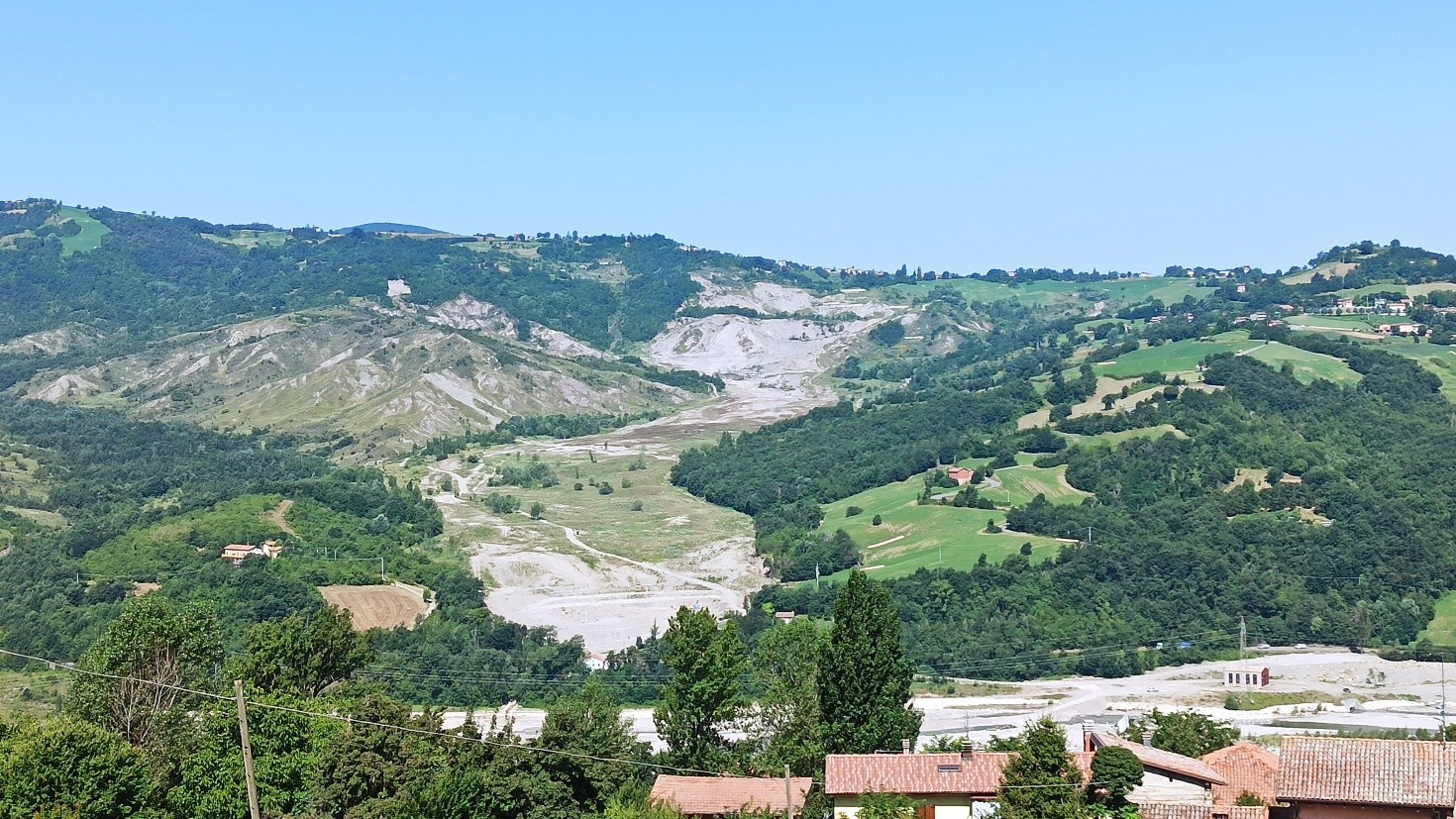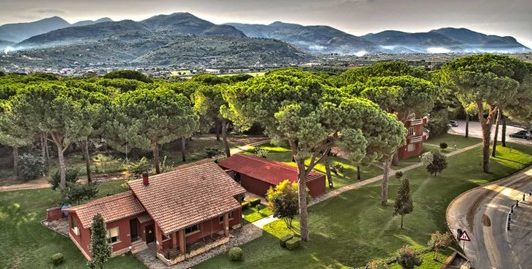Una frana in un contesto geologico complesso: il caso della frana di Calita (Reggio Emilia)
L’Istituto Superiore per la Protezione e la Ricerca Ambientale ha stipulato un accordo con l’Agenzia regionale per la Sicurezza Territoriale e la Protezione Civile della Regione Emilia-Romagna e l’Autorità di Bacino Distrettuale del Fiume Po per studiare le cause d’innesco ed i cinematismi del movimento franoso di Calita, nei pressi della località di Baiso (Reggio Emilia).
 PORTALE DEL SERVIZIO GEOLOGICO D'ITALIA
PORTALE DEL SERVIZIO GEOLOGICO D'ITALIA 

